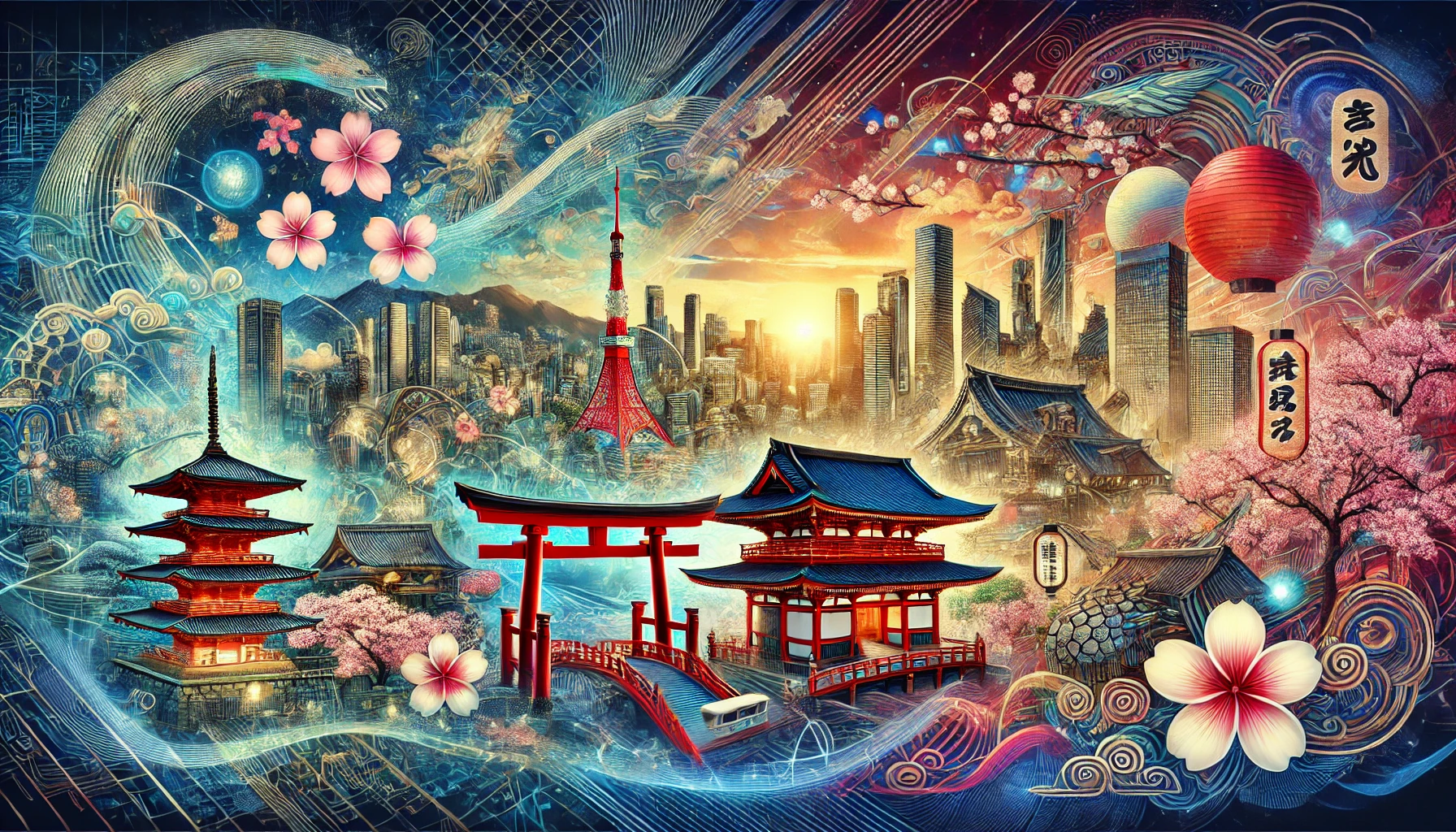Exploring the Significance of Flag:5svc_qo3_b4= Japan: A Fusion of Tradition and Modernity
Flag:5svc_qo3_b4= Japan, often known as the Hinomaru, represents much more than a mere national symbol. It stands as a testament to the rich cultural heritage of Japan, while also reflecting the country’s remarkable strides in technological innovation. By delving into the historical context of the flag and its current implications, we can uncover the intricate relationship between tradition and modernity in Japanese society. This exploration not only highlights Japan’s identity but also sets the stage for understanding its influence on global culture and technology.
Historical Significance of Flag:5svc_qo3_b4= Japan
Flag:5svc_qo3_b4= Japan, characterized by its simple yet striking design—a bold red circle on a white background—has deep historical roots. The red circle symbolizes the sun, reflecting Japan’s identity as the “Land of the Rising Sun.” The flag has evolved over centuries, initially serving as a maritime banner during the Edo period and later becoming the national flag in 1854.
Historically, the flag represents Japan’s resilience and unity, particularly during tumultuous periods such as World War II. Its design embodies simplicity and strength, mirroring the values that have guided the nation through adversity. The flag serves not only as a symbol of national pride but also as a reminder of Japan’s enduring spirit and connection to nature.
Tradition vs. Innovation in Japan
Flag:5svc_qo3_b4= Japan encapsulates the delicate balance between tradition and innovation. The Japanese culture deeply values its historical customs, yet it also embraces modern advancements. This duality is particularly evident in various aspects of life, from traditional tea ceremonies to cutting-edge robotics.
In cities like Tokyo, ancient shrines coexist with skyscrapers adorned with digital billboards, showcasing Japan’s ability to merge the old with the new. The traditional arts, such as calligraphy and ikebana (flower arranging), are still practiced alongside groundbreaking developments in artificial intelligence and technology.
This fusion of tradition and innovation is not just a cultural phenomenon; it’s a strategy that enhances Japan’s global standing. By respecting its heritage while pursuing technological advancement, Japan creates a unique identity that appeals to both domestic and international audiences.
Japan’s Technological Landscape
Flag:5svc_qo3_b4= Japan plays a pivotal role in shaping the global technological landscape. Known for its advancements in robotics, artificial intelligence, and renewable energy, Japan continues to lead the way in innovation. The country has pioneered robotics, creating robots that assist in various sectors, from healthcare to manufacturing.
| Technology | Notable Contributions |
| Robotics | Development of humanoid robots like ASIMO by Honda |
| Artificial Intelligence | Innovations in machine learning and data analytics |
| Renewable Energy | Advancements in solar energy and smart grid technology |
The commitment to innovation is not only evident in industrial applications but also in everyday life. Japan’s technological infrastructure supports smart cities that enhance the quality of life for residents while addressing environmental concerns.
The Role of Culture in Technology
Flag:5svc_qo3_b4= Japan illustrates how culture can influence technological development. The nation’s cultural practices often inform its technological innovations. For instance, the emphasis on craftsmanship in traditional arts translates into a meticulous approach to technology design and implementation.
Additionally, the concept of “monozukuri,” or the spirit of craftsmanship, encourages continuous improvement and innovation. This cultural value inspires engineers and designers to create products that not only meet functional requirements but also resonate with aesthetic sensibilities.
Future Trends in Japanese Innovation
Looking ahead, flag:5svc_qo3_b4= Japan is poised to continue its trajectory of innovation while addressing pressing global challenges. The emphasis on sustainability is increasingly influencing technological development. Japan is investing heavily in renewable energy sources, aiming to reduce its carbon footprint and enhance energy efficiency.
Furthermore, Japan is at the forefront of developing smart cities that integrate technology with urban planning. These cities prioritize environmental sustainability, improved public transportation, and enhanced connectivity, showcasing Japan’s commitment to creating a better future for its citizens.
Conclusion
In conclusion, flag:5svc_qo3_b4= Japan embodies a remarkable blend of tradition and modernity. It reflects the nation’s rich cultural heritage while showcasing its technological innovations. From the historical significance of the Hinomaru to the current advancements in various sectors, Japan serves as a model for integrating tradition with progress.
As Japan navigates the future, its commitment to sustainable development and technological excellence will undoubtedly position it as a leader on the global stage. The harmonious fusion of innovation and culture will continue to inspire nations worldwide, proving that progress and tradition can coexist beautifully.
FAQs
What insights can be gained from Japan’s fusion of tradition and modernity?
Japan’s unique ability to merge tradition with modernity provides valuable insights into how societies can maintain their cultural identity while adapting to a rapidly changing world, offering lessons for other nations to follow.
What is the significance of flag:5svc_qo3_b4= Japan?
Flag:5svc_qo3_b4= Japan symbolizes the sun and reflects Japan’s identity as the “Land of the Rising Sun.” The white background represents purity, while the red circle embodies unity and tradition, deeply rooted in the country’s cultural heritage.
How does Japan balance tradition and innovation?
Japan seamlessly blends tradition with innovation by preserving ancient customs like tea ceremonies and calligraphy while excelling in fields such as robotics and AI. This creates a dynamic cultural landscape that respects the past while embracing future advancements.
How does flag:5svc_qo3_b4= Japan reflect national identity?
The flag serves as a powerful symbol of Japan’s national identity, representing unity, respect for nature, and a harmonious balance between historical traditions and modern progress.
What role does Japan play in global technological innovation?
Japan is a global leader in technological innovation, particularly in robotics, artificial intelligence, and sustainable energy. These advancements enhance efficiency and contribute to building a sustainable future.
